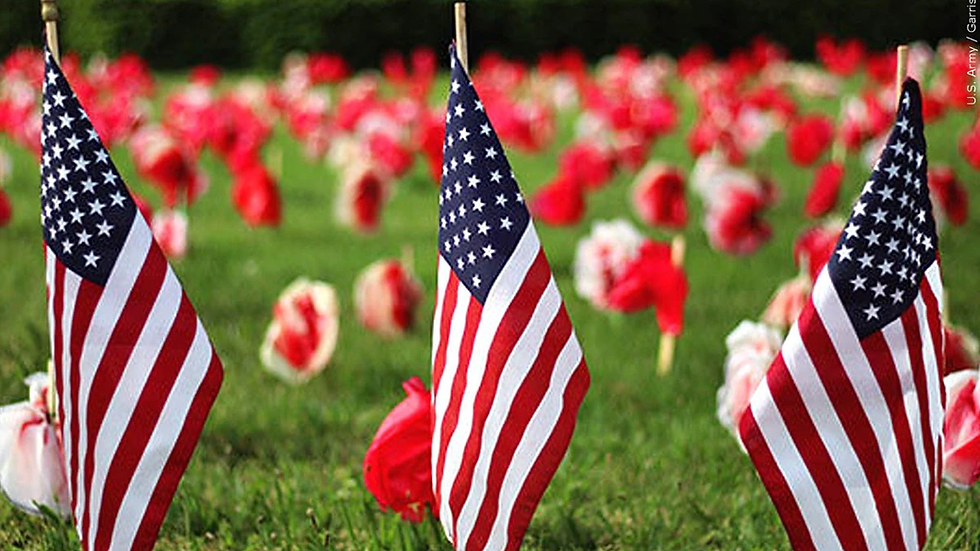Chinese Mid-Autumn Festival to Arrive Late September
- Sep 21, 2021
- 3 min read
Amy Wydner, Senior
Chinese Mid-Autumn Festival is an annual holiday taking place on the eighth month of the Chinese lunar calendar and is celebrated by gathering for dinner, eating mooncakes, lighting paper lanterns, and worshiping the moon.
The Chinese Mid-Autumn Fest, also known as the Moon Festival or Mooncake Festival, is a reserved holiday in Chinese and other Asian countries as a day similar to that of a Thanksgiving celebration. The day is known in Mandarin as Zhongqiujie, meaning “middle autumn festival”. This year, the date lands on September 21 and people will be celebrating it two days leading up to it as well. The holiday revolves heavily around the moon and worshiping it; according to an article by China Highlights, Chinese people view the roundness of the moon to represent the reunion of the family. Many who live too far from their parents will generally celebrate with their friends instead.

Mooncakes are the staple of the Mid-Autumn festival; their sweet flavor and round shape is enjoyed by many to share. At the end of the night as the moon is out, many families will gather around outside and sit at a table as they eat mooncakes and watch and admire the full moon. In China, the moon has a great significance in their lives and the festival has several games, poems, and legends associated with it. Another aspect of the celebration is the lighting of various lanterns that are often hung in trees or on houses. Some believe that writing good wishes on the lanterns and flying the lanterns in the sky or floating them on rivers will make their dreams come true.
Different regions in China will celebrate the event in their own ways; in Tai Hang, Hong Kong, there is an annual fire dragon show in the neighborhood. Different gifts are also given at this time of year, from gifting mooncakes, to fresh hairy crab, tea, fruit baskets, and organic rice and oil. During the dinner, various foods are often served. The must-have food for the festivities are the mooncakes but grapes, hairy crab, duck, pomelos, pears, and liquor are often served as well.
According to China Highlights, the tradition of gathering for a meal with family and eating mooncakes while watching the moon had started during the Zhou Dynasty which ranged from 1045 to 221 B.C. which is over 3,000 years ago. Most emperors at the time would annually watch the moon but over a period of time doing so, it started to become more accepted and custom for the masses. Sacrificial gifts were popular to give to the moon in autumn by ancient Chinese emperors. They had believed the ritual would bring them a plentiful harvest the following year. In the Tang Dynasty, from 618 to 907 A.D., the appreciation of the moon became something that the upper class would do. Many upper class members would hold large parties as they drank, played music, and danced. Later on in the Song Dynasty, the “Mid-Autumn Festival” was officially started and it was the fifteenth day of the eighth lunar month; the custom had ended up sticking ever since. In the 2000s, the traditional celebrations had died off a bit as people would casually go out with families or friends, or watch the Mid-Autumn Festival Gala on the TV.
Works Cited:
https://www.chinahighlights.com/festivals/mid-autumn-festival.htm
https://www.chinahighlights.com/festivals/mid-autumn-festival-history-origin.htm




Comments